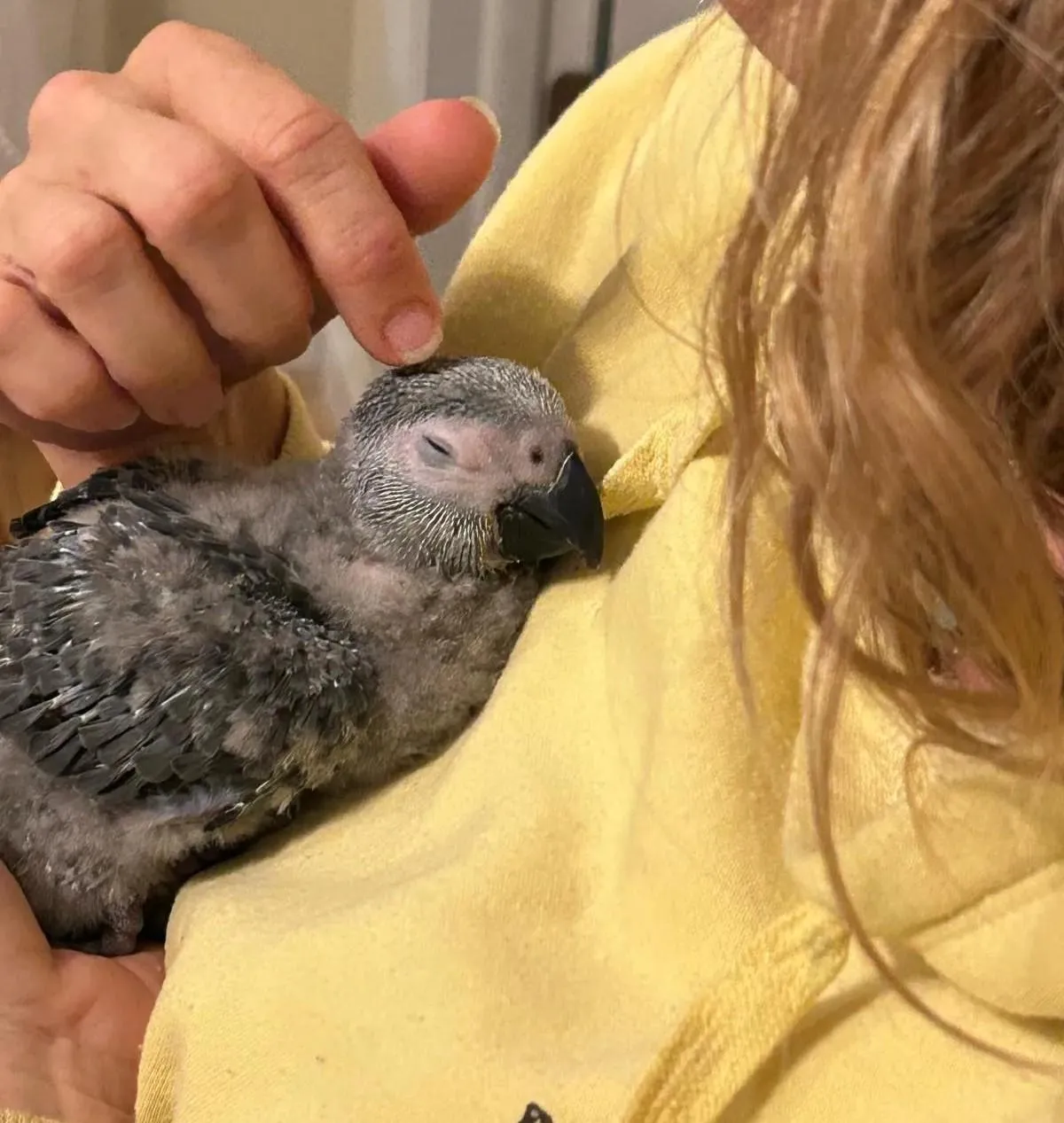
How to Teach Your African Grey Parrot to Talk
How to Teach Your African Grey Parrot to Talk
African Grey parrots are widely known as the Einsteins of the bird world—and for good reason. With intelligence rivaling that of a toddler and an exceptional ability to mimic human speech, these remarkable birds have earned their reputation as the best talking parrots in the world. But teaching your African Grey to talk takes more than just hope and repetition. It requires patience, consistency, and an understanding of how and why these birds are able to communicate so effectively.
Why African Greys Are Such Excellent Talkers
The African Grey parrot's talking ability is linked to its intelligence and complex social behavior in the wild. In their native habitats across West and Central Africa, Greys rely on vocalizations to communicate over long distances and maintain social bonds. In captivity, this natural instinct carries over—except now, they mimic the sounds and voices they hear most often: human speech.
Their brains are wired with an advanced vocal learning system. In particular, the species possesses a large number of mirror neurons, which help them not only mimic sounds but understand the intent behind them. This is why many African Greys not only repeat words but also appear to use them in context. Some have been documented using words to express preferences, ask for food, or interact with their owners in remarkably human-like ways.
Male vs. Female: Does Gender Affect Talking Ability?
One common question among parrot enthusiasts is whether male or female African Greys are better talkers. Interestingly, there is no scientifically proven difference in talking ability between the sexes. Both male and female African Greys are equally capable of developing a rich vocabulary and mimicking speech.
However, there may be slight variations in personality that can affect training. For example, some owners find that males are slightly more outgoing or vocal, while females may be more cautious or reserved. These tendencies can influence how quickly a parrot starts talking, but they’re not hard rules. The biggest factor is the individual bird’s personality and environment, not its gender.
If you're trying to determine the sex of your African Grey, keep in mind that physical appearance isn't enough—only a DNA test or surgical sexing can provide a definitive answer.
When Do African Greys Start Talking?
While every bird is different, most African Grey parrots begin experimenting with speech between 6 months and 1 year of age. However, this can vary widely. Some may start mimicking words as early as 3–4 months, while others may not say their first word until after their first birthday.
Here’s a general timeline of what to expect:
0–6 Months: Most Greys will make baby noises, whistles, and clicks. They’re listening carefully, absorbing sounds, and testing their voices.
6–12 Months: You may begin hearing attempts at words or repeated sounds. This is when many parrots start mimicking voices or household noises.
12+ Months: Vocabulary can grow rapidly with regular training. Birds that were quiet in their first year may suddenly become chatterboxes.
Don’t worry if your bird takes longer to talk—some just take more time to build confidence. Also, note that just because a parrot is a slow starter doesn’t mean it won’t eventually become a great talker.
How to Teach Your African Grey to Talk
Now that we’ve covered the why and when, let’s dive into the how. Teaching your African Grey to talk is a process that requires consistency and a good strategy. Here are some proven methods:
1. Talk to Your Parrot Often
Your parrot learns through repetition. Greet it in the morning, say goodbye when you leave, and talk throughout the day. Use a calm, clear, and happy tone.
2. Start With Simple, Repetitive Words
Begin with easy words like “hello,” “hi,” “good bird,” or your parrot’s name. Make sure to say them in the same tone and context every time. Repetition is key.
3. Use Positive Reinforcement
Reward your parrot with treats, praise, or attention when it mimics a word correctly. This encourages it to repeat the behavior.
4. Be Consistent With Timing and Phrases
Use specific phrases during specific routines—for example, “Time to eat!” when feeding or “Night-night” before bedtime. Associating words with actions helps the bird understand context.
5. Play Recordings (In Moderation)
Some owners use audio recordings of their voice repeating key phrases. This can help when you're not home, but use it sparingly—parrots need real interaction to learn best.
6. Avoid Teaching Negative Words
Parrots repeat what they hear most often, whether it’s “I love you” or something less pleasant. Be mindful of what’s said around them—once they pick up a word, it’s hard to unteach it!
Bonus Tips
Training sessions should be short but frequent—5 to 10 minutes a few times a day is ideal.
Maintain a quiet, distraction-free environment during practice.
Be patient. Every bird has a different learning curve, and forcing it can lead to stress or silence.
Final Thoughts
African Grey parrots are among the most gifted talkers in the animal kingdom. Their incredible mimicry, social intelligence, and deep bond with their owners make them natural learners when it comes to speech. While there are no guarantees that every Grey will become a fluent speaker, most will learn at least a few words if given time, attention, and the right training approach.
If you’re consistent, encouraging, and patient, your African Grey may soon surprise you with a cheerful “hello” or even a full conversation. And when that happens, all those hours of practice will feel more than worth it.